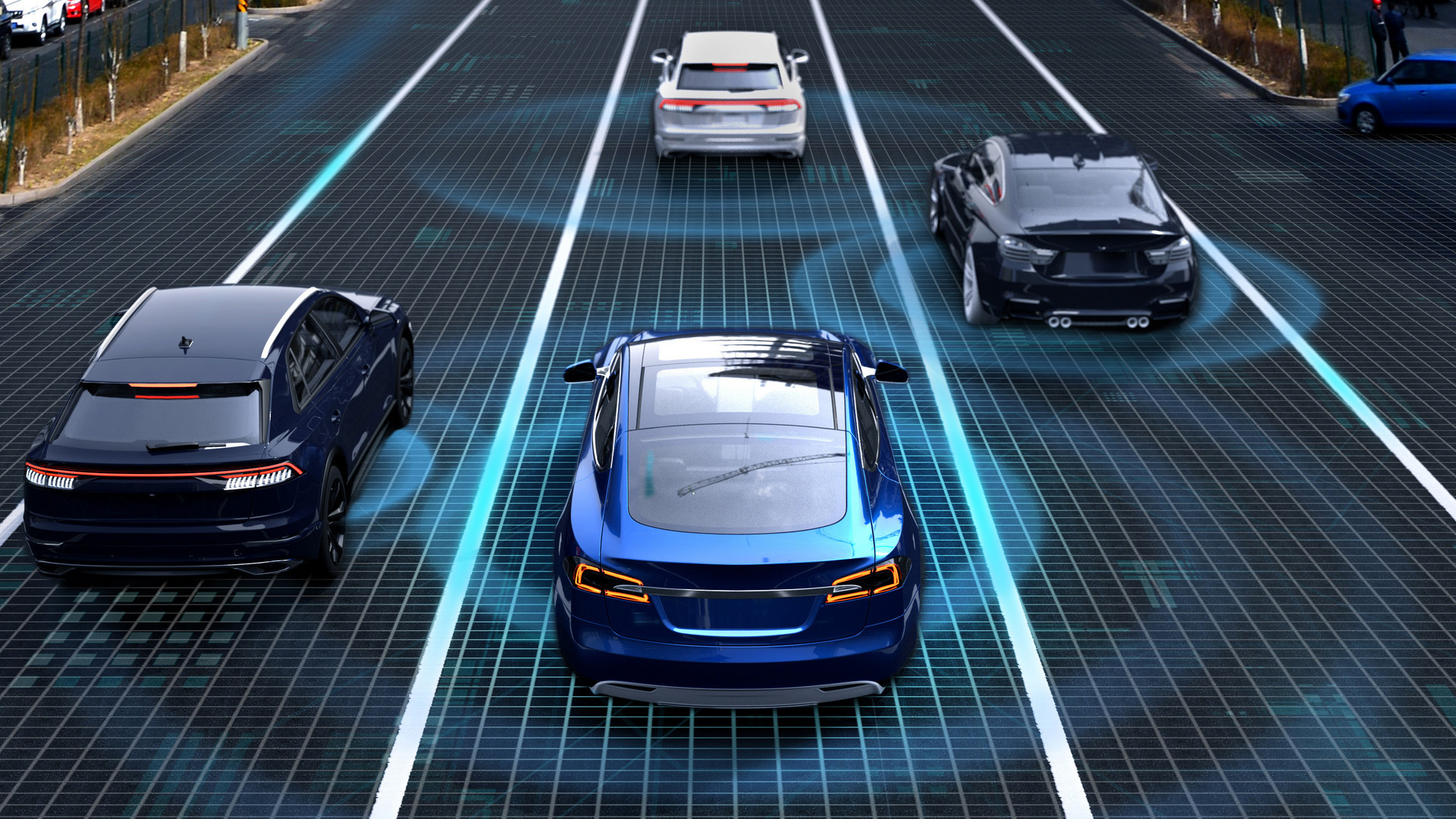From power mirrors and seat adjusters to lighting systems and HVAC modules, modern vehicles feature numerous distributed control nodes that require reliable, high-speed communication and precise power delivery.
At the same time that the scale and complexity of these systems have grown dramatically, engineers are further challenged by increasing expectations for energy efficiency, electromagnetic compatibility (EMC), and robustness. For system architects and embedded hardware engineers, this has presented a set of design challenges that cannot be solved in isolation from one another.
Communication integrity, load control, and low-power operation are all intertwined, so it makes sense to address these challenges with a more holistic approach. In this article, we examine six key considerations to enable this.
1. CAN FD: speed vs. signal integrity
CAN (Controller Area Network) is a well-established and widely trusted data transmission protocol for automotive applications that supports real-time data transmission for control and diagnostic functions. Because it is both highly robust and inexpensive to implement, it is the go-to for engine control and safety systems, but its bandwidth is low (1 Mbps).
The migration from conventional CAN protocols to CAN FD (flexible data-rate) has been a significant shift in automotive communication, enabling data rates of up to and beyond 5 Mbps. This upgrade supports faster ECU communication and reduces latency in body domain functions. Unfortunately, these benefits come with their own range of trade-offs that need to be managed.
Higher data rates increase susceptibility to signal integrity issues such as ringing, reflections, and electromagnetic interference (EMI). In multi-node topologies with long or branched bus lines, which are common in zonal or domain-based architectures, these effects are amplified. Reflections due to impedance mismatches can corrupt frames, while radiated emissions can breach EMC limits, triggering costly redesigns or certification failures.
Addressing these challenges requires more than just a careful PCB layout. New transceiver technologies incorporate signal improvement capabilities and tighter bit timing symmetry to suppress ringing and maintain CAN FD communication at high speeds across complex topologies. Some devices even support 8 Mbps operation speeds in tightly controlled environments, helping to future-proof the architecture while maintaining compatibility with standard CAN controllers.
2. EMC compliance isn’t optional
EMC performance is not only an automotive-grade certification hurdle; it directly affects functional safety and long-term reliability. Failing to isolate transceivers from high-voltage or noisy subsystems can lead to system-level failures, particularly in the presence of transient events such as load dumps, ESD strikes, or inverter switching.
European standards such as IBEE/FTZ-Zwickau define stringent requirements for emissions, transient immunity, and ESD tolerance. IEC62228-3 is also critical, and compliance requires transceivers to have built-in ringing suppression technology, thereby eliminating the need for bulky common-mode chokes. For engineers, this translates to lower BOM cost, simpler layouts, and faster time to certification.
3. Selective wake-up, a must for EVs
As vehicles become electrified, power management has shifted from a convenience feature to a core design requirement. Traditional wake-up strategies rely on passive listening for any CAN activity, waking all nodes indiscriminately. In electric vehicles, this process causes unnecessary current draw that reduces range and stresses the battery system.
A more intelligent approach is selective wake-up. By leveraging specific CAN remote frames that target only selected ECUs, systems can remain in low-power standby mode and wake up only when necessary. This strategy significantly reduces standby power and bus load, particularly in body applications such as doors or lighting that remain dormant for extended periods. It also simplifies load management for zonal controllers overseeing multiple distributed ECUs.
Implementing selective wake-up protocols also ensures compatibility with OEM low-power strategies and enables compliance with emerging regulations on EV energy consumption. Doing so also requires no changes to the CAN protocol itself, making it a practical enhancement for existing platforms.
4. Beyond basic switching
While communication integrity gets much of the spotlight, physical load control is just as important. High-side switches in body control modules need to handle the resistive, inductive, and capacitive loads found in modern zonal architectures. These switches should not only drive power efficiently but also protect against short circuits, open loads, and thermal overloads.
Modern switch ICs now integrate precise current sensing and diagnostic capabilities, allowing real-time load monitoring and predictive fault analysis. It provides a feedback loop to the ECU, enabling dynamic load shedding or redundancy activation. Implementing multiple channels and scalable RDS(on) values also allows the optimization of switch selection based on thermal budget, PCB space, and fault tolerance requirements.
Protection features such as reverse battery protection, ground loss detection, and transient immunity are now widely considered essential. Designers building for multi-million cycle lifespans in harsh automotive environments cannot afford to rely solely on discrete protection circuits. Integrated solutions not only reduce component count but also improve system-level reliability.
5. Smarter actuation with integrated motor drivers
Another trend in body control is the shift from relays and simple drive circuits to fully integrated motor drivers for small actuators. Applications such as seat movement, sunroofs, and HVAC flaps are increasingly using stepper or DC motors for precise position control and diagnostics.
Advanced motor drivers now support features like stall detection, thermal monitoring, and programmable current profiles, all in AEC-Q100-qualified packages. With microstepping capability and direct interface to standard MCU protocols, these devices offer smooth motion, reduced noise, and tighter control over torque and power consumption.
Smart drivers also contribute to system safety by reporting faults, such as overtemperature or open windings, which enables predictive maintenance and reduces the likelihood of user-detected failures.
6. A top-down system design
Rather than sourcing communication, switching, and actuation components piece by piece, a wider system-level approach offers clear benefits. When these building blocks are engineered to work together, design cycles are shortened, EMI risks are decreased, and validation becomes more predictable.
For instance, pairing a signal-optimised CAN transceiver with a high-side switch designed for inductive load handling ensures that even in the event of a transient or EMI event, communication and control remain stable. Similarly, integrating a smart motor driver with built-in diagnostics alongside switches and transceivers that report real-time status enables a new level of system awareness and fault response.
In zonal control architectures, where each zone manages dozens of actuators and sensors, engineers can optimise each zone independently while maintaining consistent communication, power control, and safety protocols across the entire vehicle platform.
Finding the sweet spot
Designing modern body control networks is a tightrope walk. Engineers have to balance the requirements for higher data rates, lower power targets, complex load types, and tighter compliance margins, all within shrinking design cycles. It is possible to strike the right balance by keeping your view fixed on the horizon.
By strategically combining body control component features, such as ringing suppression, selective wake-up, and actuation, with intelligent drive capabilities, we can create a blueprint for scalable, robust, and power-efficient body control systems ready for the next generation of vehicles – a blueprint that looks a little less like a jungle.
——Source: https://www.eetasia.com










